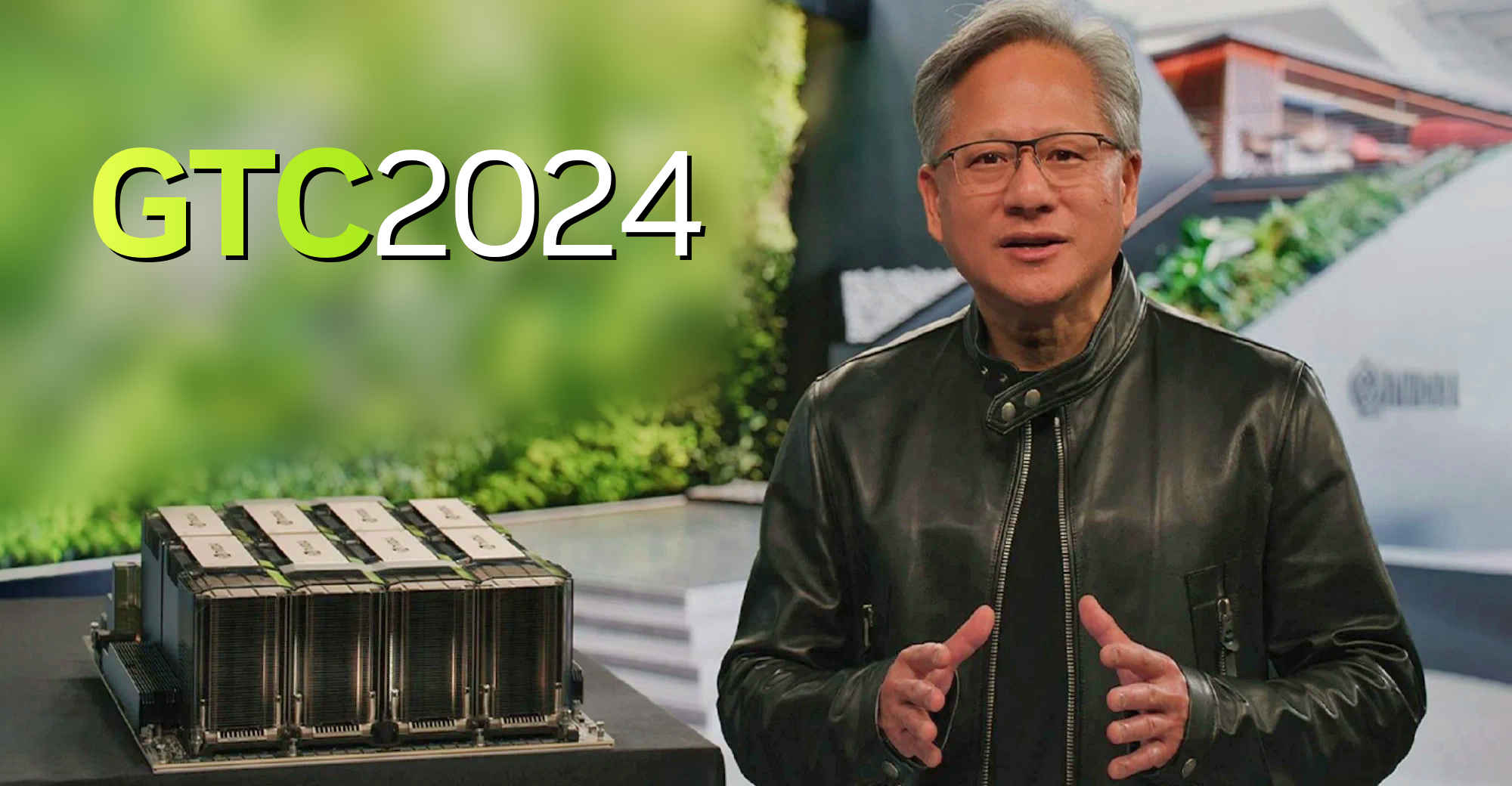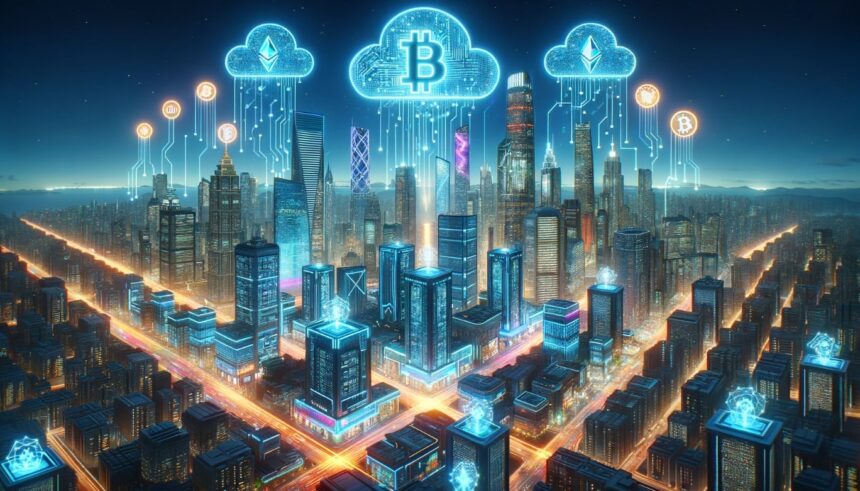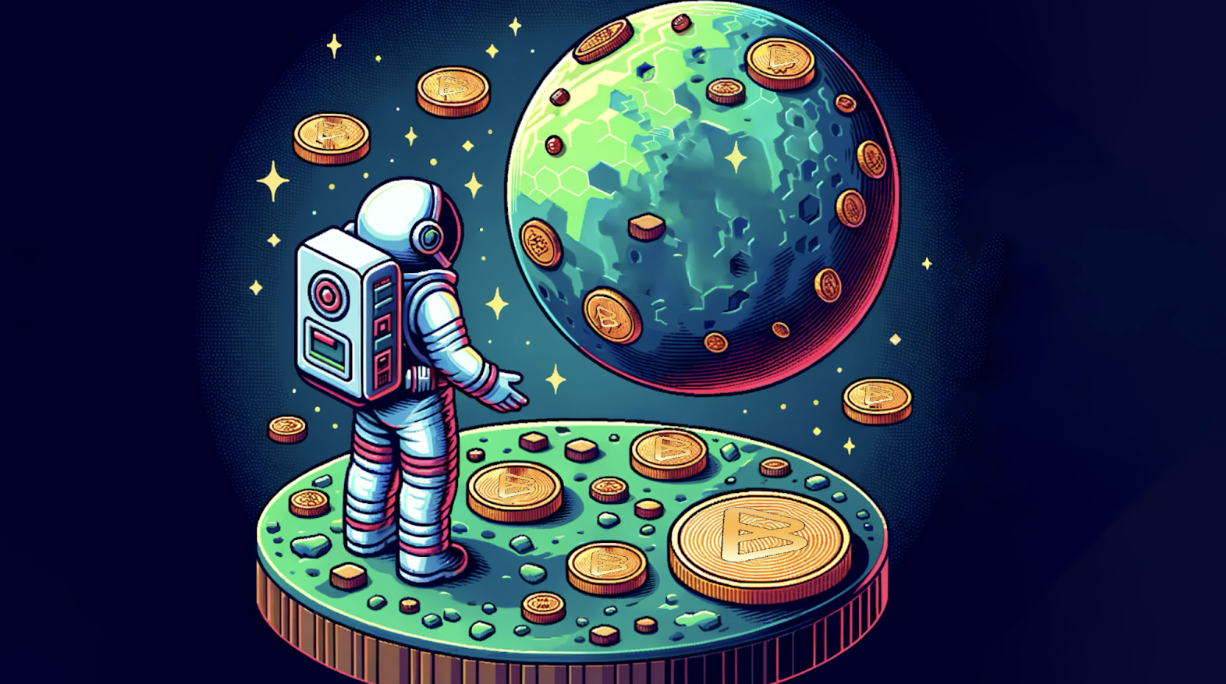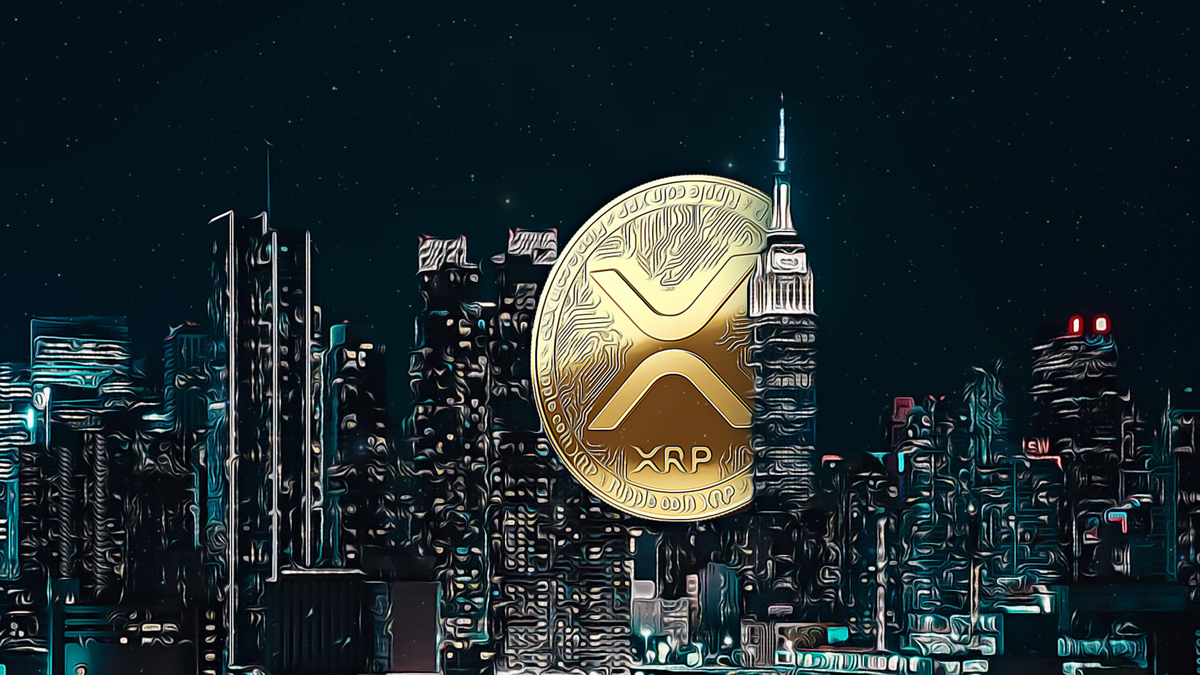Yesterday marked an unforgettable day as the Nvidia GTC 2024 Conference kicked off in San Jose and around the world. The highlight of the day was undoubtedly the two-hour opening keynote by Nvidia’s founder and CEO, Jensen Huang. He showcased how GPUs are transforming everything from robotics to manual labor, healthcare to weather systems, and provided even more groundbreaking insights into the field of computer chips. Here are the five most impressive points from the first day of GTC24.
New Artificial Intelligence Super Chip
Yesterday, Nvidia announced the introduction of the Blackwell chip, a more powerful GPU successor to the Hopper chip. Blackwell is twice as fast as Hopper and offers a scalable platform up to 576 GPUs. Additionally, it achieves this performance in a smaller space than previous computing systems. Nvidia made the following statement regarding the launch:
“The industry has largely embraced Blackwell. The press release announcing Blackwell includes support from Alphabet and Google CEO Sundar Pichai, Google DeepMind CEO Demis Hassabis, Meta CEO Mark Zuckerberg, Microsoft CEO Satya Nadella, OpenAI CEO Sam Altman, and Tesla and xAI CEO Elon Musk.”
Huang stated that Blackwell is gearing up for what he believes will be the company’s most successful launch ever.
Artificial Intelligence Supercomputer
Nvidia announced the new and more powerful artificial intelligence supercomputer, the DGX SuperPOD, further advancing the field of AI. This new supercomputer represents a computing system that has been transformed into an ‘artificial intelligence learning factory,’ equipped with the company’s powerful Grace Blackwell super chips.

According to Nvidia, the DGX SuperPOD is designed to handle the massive amount of data required to process models with trillions of parameters. Nvidia states that this supercomputer will have 11.5 exaflops of artificial intelligence supercomputing with FP4 precision and 240 terabytes of fast memory capacity for continuous operation times for “super-scale productive artificial intelligence training and inference workloads.”
Introduction of Nvidia Inference Microservice (NIM)
To complete new releases, Nvidia launched a new software service called Nvidia Inference Microservice (NIM). According to Huang, NIMs will revolutionize future software building and coding processes and will assemble AI for you without writing a single line of code.
NIMs will be cloud-based, meaning they can be downloaded and used from an online Nvidia hub from anywhere in the world.
A New Step for the Robotics Revolution: Nvidia’s ‘Project GROOT’
Nvidia is ushering in a new era with ‘Project GROOT,’ poised to make a significant leap in the field of robotics. This powerful sensory robotics processing chip will enable various types of robots to learn and mimic human movements and speech. It promises an exciting future for various applications such as autonomous driving vehicles, robot factory workers, and talking food stalls.
Nvidia’s Vision of Creating a Digital World: Earth-2 and Digital Twins
Nvidia is leveraging its big data processing capabilities to create digital twins of real-life objects. CEO Jensen Huang announced “Earth-2” as a significant example of this technology. This project will create a complete digital model of our blue and green planet. Earth-2 aims to be used in areas such as creating more accurate weather models and predictions to mitigate the effects of natural disasters.










